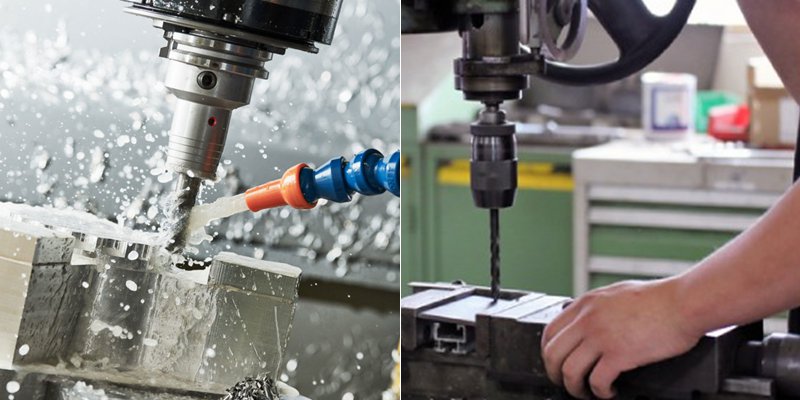- May 24, 2024
Computer numerical control (CNC) and manual machining serve the same purpose, so what makes them different? It’s the quality of the final product or the way they both operate. Although CNC machining is considered way more efficient for its precision and automation, manual machining still has its unique benefits.
If you are confused about which one to choose for your production needs, a detailed comparison will be helpful for you to make an informed decision. This article discusses both processes, pros and cons and cost factors.
What is the Difference Between CNC vs. Manual Machining?
The main difference between CNC machining Vs. manual machining lies in their methods, precision, and the type of control they use. Below is an overview of both processes and how they cater to different manufacturing requirements.
CNC Machining
CNC machining has become popular in modern manufacturing because of its accuracy, complexity, and flexibility. It is highly scalable, making it suitable for prototyping and part-production tasks.
The CNC machining process is enabled with fully automated pre-programmed computer software. It requires minimal human intervention as it operates entirely through a complex series of numerical codes.
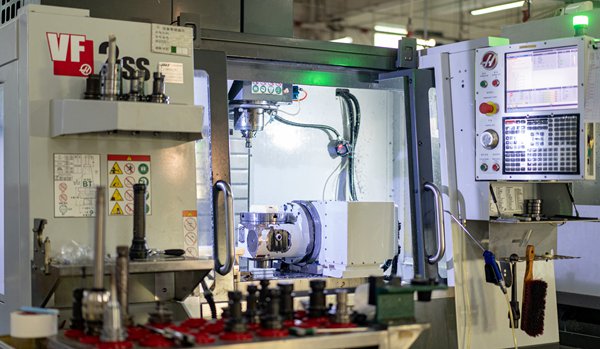
The custom-coded instructions control the movements of precise tools such as mills, lathes, grinders, and lasers, which produce complex geometric shapes and components from various materials such as metal or plastic.
Manual Machining
Manual machining is operated by hand and requires expertise to manage the entire machining system. During this process, manually operated tools such as mills, lathes, saws, and grinders are used to shape and cut various materials.
Unlike computer-controlled CNC machines, manual machines require highly skilled operators to control the feed rate, speed, and depth of the cut. This is because it requires careful tool selection and frequent adjustments.
Pros and Cons of CNC Machining and Manual Machining
Each process has its pros and cons based on the precision, labor requirement, and production quantity. Here is a detailed breakdown of manual machining vs. CNC to help you decide a better pick for your production requirements.
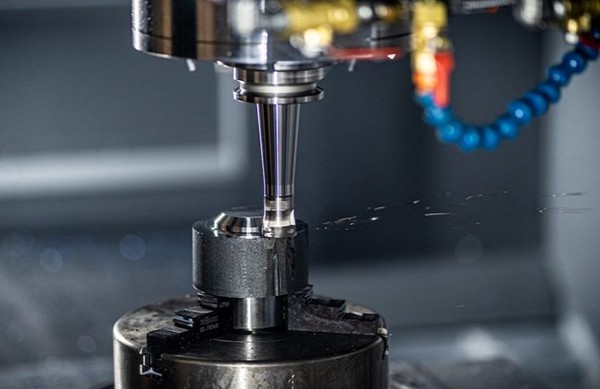
Pros of CNC Machining
- Production Speed: Compared to manual machining, CNC machining ensures faster production speed and higher output. Benefit to this aspect, the manufacturers can successfully reduce the bottlenecks and handle volume production with ease.
- Repeatability: While performing the same tasks multiple times, the repeatability of a machine ensures consistent outcomes throughout the process. Due to the absence of human error, the CNC machining precisely provides the same results after each cycle.
- Lesser Labor Cost: Although there is a need for an operator with CNC machines as well, it demands less expertise and skill level than a manual machine. In fact, a single operator may operate multiple machines simultaneously, which automatically reduces the labor cost here.
- Complex Designs: The CAD (computer-aided design)/CAM (computer-aided manufacturing) software of CNC machines enables manufacturers to produce complex designs, including multi-axis contours and curves.
Cons of CNC Machining
- Higher Cost: The initial investment in CNC machines is higher as their equipment and installation are both high in cost.
- Costly Maintenance: Although the chances of breakdowns are lower with these machines, in case a malfunction occurs, only a highly skilled professional can resolve the issue.
- Programming Skills: Since CNC machines depend on specific codes, you need a skilled programmer to create and set codes, which adds additional cost to the overall machine setup.
Pros of Manual Machining
- Lower Cost: Manual machines can be installed with a lower initial investment cost. Due to its affordability, manual machines are suitable for small manufacturers with budget constraints.
- No Need for Programming: Manual machines do not need advanced programming and code creation. The skilled operator is solely responsible for the handling and operation of machine tools and controls.
- Easy Maintenance: In case of breakdowns, manual machines are easy to fix and the maintenance cost is also less.
- Better Customization: Manual milling machines are often preferred for one-off projects. These machines offer great flexibility and adaptability in the production process. Moreover, there are some unique demands that CNC machines can’t do.
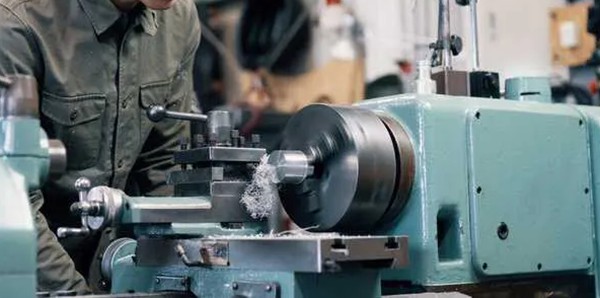
Cons of Manual Machining
- Slow Production: The manufacturing process is relatively slow with manual machining, which causes the final output to be less. While CNC machines take a few hours to produce, manual machines require tens of hours or days to do.
- Higher Human Error: Due to high dependency on human operators, manual machines lack precision, which means there is a higher possibility of human errors with this method.
- Dependency on Labor Expertise: The manual machining output highly depends on the expertise level of the operator. Because of higher dependency, the method may lead to higher labor costs.
Different Factors Affect the Cost of CNC Vs. Manual Machining
While it’s evident that CNC machining costs way more than manual machining, several driving factors determine the cost of both machines. Below is a comparative analysis of those factors:
| Cost Factors | CNC Machining | Manual Machining |
| Labor Cost | Lower labor costs due to higher automation | High labor cost due to expertise required |
| Programming | Skilled programmer required for coding purposes | Not required |
| Waste Product | Less material waste | More material waste |
| Maintenance Issues | Self-detection of issues but high maintenance cost | More breakdown issues but low maintenance cost |
| Industry Demand | More in demand due to precision and higher output | Less demand due to limited output and slow production |
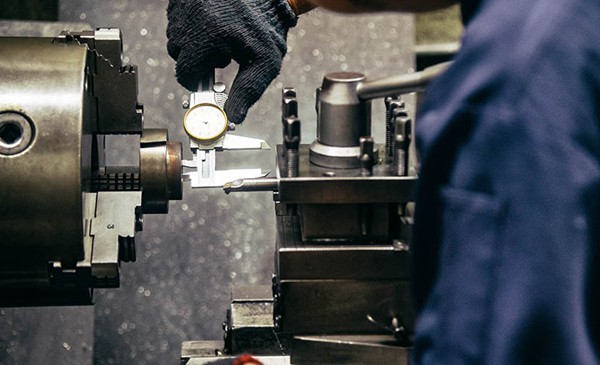
True Cost Difference Between CNC and Manual Machining
CNC machining is considered superior as it manufactures 75 to 300% faster than manual machines. Thanks to efficient output and quicker turnaround time, CNC machines ensure a lower scrap rate. So, despite its high cost, CNC machining is worth the investment.
| CNC Machining | Manual Machining | |
| Equipment Cost | Starts at $5000 | Starts at $3000 |
| Lathe Cost | $5,000 | $1,000 |
| Per Hour Cost | $80 per hour for a 3-axis machine | $40 per hour |
What are the Applications of CNC Machining vs. Manual Machining?
The applications of manual machining and CNC machining vary depending on the nature of the task, the desired level of precision, and final throughput requirements.
Applications of CNC Machining
Different Industrial Uses
CNC machining is suited for industries requiring volume production. For instance, automotive industries require CNC mills and lathes to produce engine components and transmissions. However, the use of manual machining will dramatically slow down manufacturing here.
Prototyping Tasks
CNC machining is highly preferred for the prototyping phase of product development. CNC lathes, mills, and equipment create prototypes that resemble exactly the final parts. It helps manufacturers to test the design before going ahead with mass production.
Rapid Tooling Applications
CNC machining is the ideal option for rapid tooling as it works on tough materials and alloys. On the contrary, manual machining can be challenging when working on hard materials.
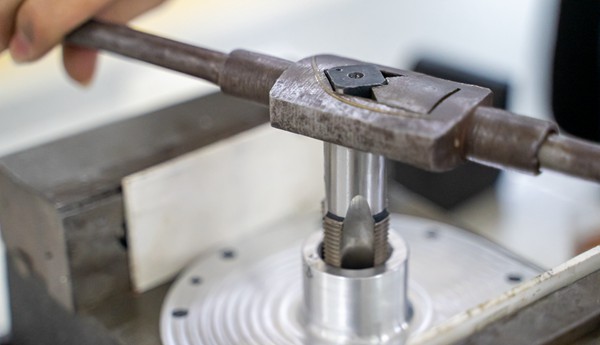
Applications of Manual Machining
Small-Scale Projects
Manual milling machines, manual lathes, and cutting tools are more suitable for small or single tasks, as they are quicker to set up and don’t require complex coding.
Personal Craftsmanship and Customization
Manual machining best suits scenarios where personalization is preferred over bulk production. For instance, artistic metalwork or specialized prototypes demand the operator’s expertise where they hand pick the workpieces and cutting tools to perform the particular operation.
Repair and Maintenance
Repair parts may be unavailable or hard to find for older machinery. Manual machining comes to the rescue here as it allows custom fabrication of replacement parts on demand.
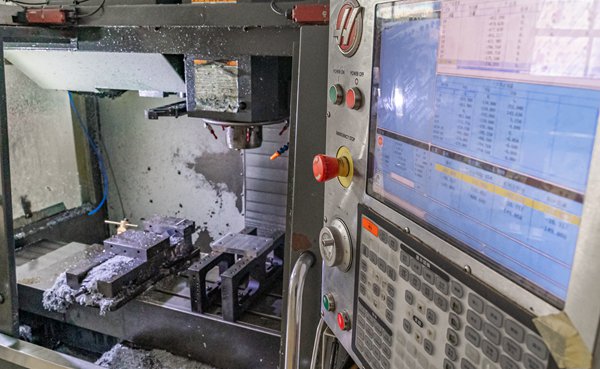
CNC Vs. Manual Machining: Which One is Suitable for Your Needs?
Now that you know the differences between CNC and manual machining, it is much easier for you to decide which is the better choice for your production needs.
If you require complex geometries, precision, and high repeatability, CNC machining will be a good option. On the other hand, if you are setting up a cost-effective and customized project, manual machining would be preferable.
Besides your outcome needs, it is also essential for you to carefully consider your budget before reaching the final decision. All in all, your project requirement, budget, and desired outcome are three crucial factors that will shape your decision to choose between CNC and manual machining.
Get Started With CNC Machining at WayKen
WayKen provides custom CNC machining solutions to meet your specific requirements. From prototype to production, our advanced CNC machines and skilled machinists handle a variety of materials, achieving your components and parts with accuracy and detail.
Partner with WayKen to experience effective project management, fast turnaround times, and affordable prices. Start your CNC machining journey with WayKen today.

